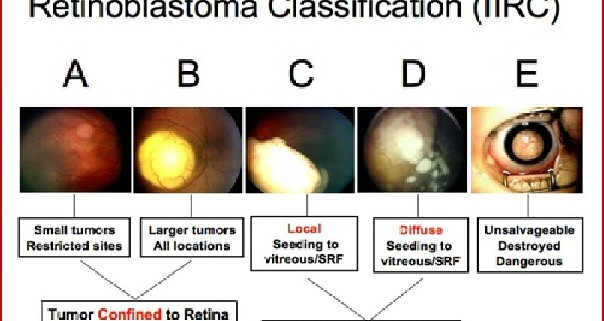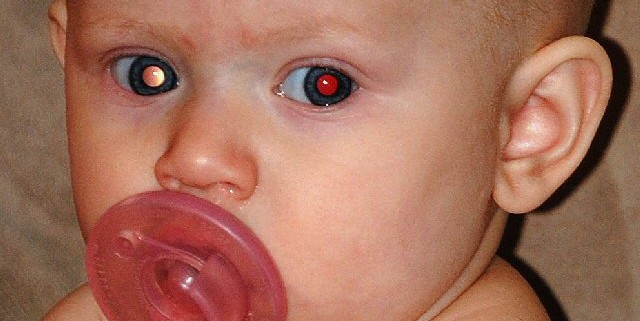Staging Intraocular Retinoblastoma
Retinoblastoma is staged to help doctors describe the degree of cancer in a child’s body, define potential for cure / eye salvage, determine best treatments, and compare impact of different therapies. Each eye is staged separately to define potential for safely saving the eye and vision.





